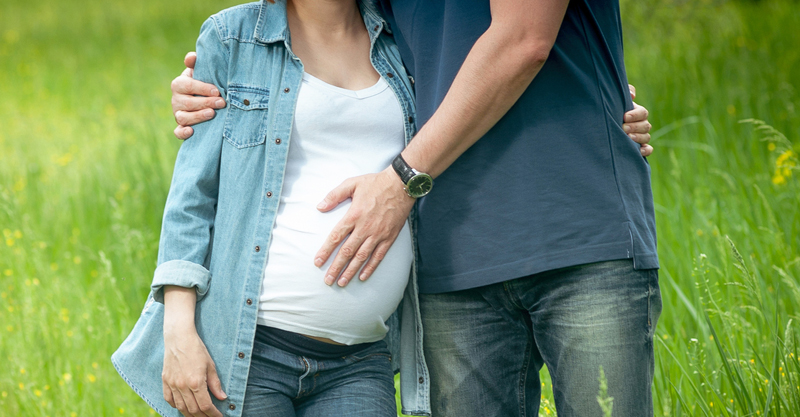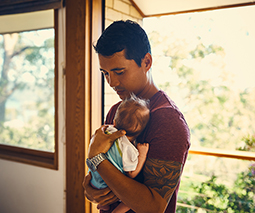Parental leave – what are your rights?

Paid parental leave is yet another issue used a political football in recent years.
While our elected representatives toss their opinions back and forward, it can make it difficult for families to plan ahead.
To help, here is a breakdown of paid and unpaid parental leave entitlements as they stand right now in Australia.
What is parental leave?
FairWork Australia explains employees are entitled to 12 months unpaid parental leave when they give birth, their spouse or partner gives birth, or they adopt a child under the age of 16.
Employees can also request an additional 12 months of leave.
FairWork breaks down the basics in this video.
Who is eligible for parental leave?
All employees in Australia are entitled to parental leave, which they can take if they have, or will have, responsibility for the care of a child and have worked for their employer for at least 12 months.
This includes casual employees if they’ve been working for their employer on a regular and systematic basis for at least 12 months and have a reasonable expectation of continuing work with the employer on that basis, had it not been for the birth or adoption of a child.
Employees who have taken parental leave don’t have to work for another 12 months before they can take another period of parental leave with that same employer should they go on to have another child.
But, if they have started work with a new employer, they will need to worked for at least 12 months with that employer before they are eligible for parental leave.
There are special arrangements for employee entitlements when a business transfer occurs but parental leave entitlements remain.
Paid parental leave
While things may change if certain proposals are passed through parliament, right now eligible employees can still get the Australian Government’s Parental Leave Pay as well as any paid parental leave entitlements from their employer.
And, whether employees are eligible for paid parental leave or not, unpaid parental leave entitlements still apply.
Current rate
Parental Leave Pay is currently $672.60 per week before tax (the weekly rate of the national minimum wage) for a maximum of 18 weeks. It’s a taxable payment that can be paid by your employer or by the Government directly.
Eligibility criteria
To be eligible for Parental Leave Pay, employees need to be the birth mother of the newborn, the adopting parent of the child, or another person caring for the child under exceptional circumstances.
To meet the work test for Parental Leave Pay, employees need to have worked 10 of the 13 months before the birth or adoption of the child, and 330 hours in that 10 month period (just over one day a week) with no more than an eight week gap between two consecutive working days.
Exceptions may apply when pregnancy complications or a premature birth prevents employees from meeting the requirements.
Those eligible also need to meet residency requirements, be on leave or not working during the paid parental leave period and have an individual adjusted taxable income of $150,000 or less in the financial year either before birth, adoption or claim, whichever is earlier.
Newborn Upfront Payment and Newborn Supplement
Those who don’t meet the eligibility requirements for Parental Leave Pay, may still be eligible for the Newborn Upfront Payment and Newborn Supplement.
The Newborn Upfront Payment is a lump sum of $532, which is not taxable and is paid for each child.
The payment rate of the Newborn Supplement depends on a family’s income and how many children they have. And, like the upfront payment, it is not taxable.
The supplement provides a maximum payment of $1595.23 over 13 weeks for the first child or a maximum of $532.35 for other children.
You can’t claim both the Paid Parental Leave Pay and the Newborn Upfront Payment and Newborn Supplement.









